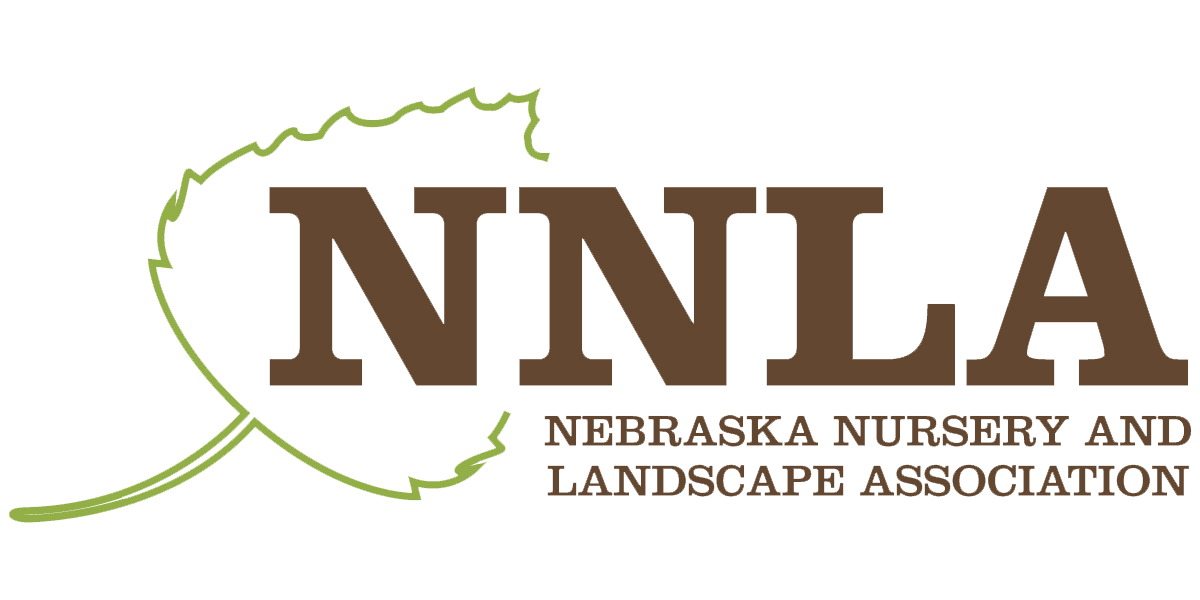Improving soil, even in the dead of winter
BENEFICIAL LANDSCAPES column from the Nebraska Statewide Arboretum
Litmus paper strips from a fish or pet store will give a basic idea of your soil’s pH content.
For gardeners who think about spring planting all year long, there are a few chores that can be done in any season. You may never have done (and may not want to undertake) a soil test, and you may see it as beyond your scope—especially if you’ve looked at laboratory soil test results, which tend to be quite complex. But if areas of your landscape are continually struggling, it might be worth a rudimentary check.
We get lots of questions about soil testing and our recommendation is to keep it simple. Professional soil tests are great for maximizing crop yields but aren’t usually necessary in home landscapes. In most gardens, the main concerns are organic matter, salt and acidity. Even midwinter, you can do a simple soil test and you can add things to your soil even now that will improve it for spring planting.
To check for acidity, you can do a home soil test using litmus paper strips from the fish tank supply areas of pet stores. To test it, make a slurry of soil from areas where plants seem to be struggling and follow the directions that come with the litmus paper. If it reveals problems, you can use soil amendments from a garden center to reduce acidity or plan to select plants that can handle higher levels of acidity, like viburnums, iris and dogwood.
Whether you’re struggling with compaction or with “dead” soils, organic matter is the best solution for any garden. Adding a good quality compost or plant waste from your yard re-energizes the microorganisms in your soil which will help even out any issues and build soil structure. Simply leaving plant material standing in your perennial gardens allows it to decompose over the winter and protect butterflies or other creatures that may be overwintering in it. In vegetable beds, or any new beds you want to plant this spring, chop up the old plants and mix in some fall leaves to cover the ground over the winter. In spring you can rough up the surface with a spade to lightly mix everything in. Most research discourages tilling, which can actually increase soil compaction rather than reduce it. In places with especially poor soil structure, amend with compost whenever you can. Compost can be spread over the ground in late winter or early spring and allowed to rest while you wait for the ground to thaw and dry enough to work with. Wait until the ground has thawed to turn in compost with a spade and remember to avoid working saturated soil since working with wet soil can damage soil structure and make compaction much worse.
You likely know if you have salt issues; plants along the road or sidewalks will grow slowly and may look dried out and burnt. Salts can be washed from the soil by purposefully overwatering but, unless you can find a way to limit the salt being put down around you (de-icers, etc.), the problem will return. The best solution is to use plants that are salt-tolerant: blanketflower; blazing star; bluestem; boltonia; coneflower; coralbells; daylily; evening primrose; feather reedgrass ; globe thistle; grama; hardy hibiscus; Indiangrass; iris; onion; penstemon; purple poppymallow; switchgrass; yarrow; yucca and others.
With a little bit of pre-planning, putting the right plant in the right place can make a big difference in the long run.
Sarah Buckley, Nebraska Statewide Arboretum, plantnebraska.org

